Vietnam, with over 4,000 years of history, is a treasure trove that preserves the golden marks of its nation. From majestic, ancient architectural wonders to places that carry the imprint of wartime struggles, each historical site in Vietnam tells its own story, contributing to the country’s unique cultural identity and sparking pride among its people. Let’s take a closer look at Vietnam’s most significant historical sites—where time stands still and cultural values endure eternally.
Discover UNESCO World Heritage Sites in Vietnam
Vietnam is proud to be home to numerous historical sites recognized by UNESCO as World Heritage Sites, showcasing the immense cultural and historical value of the nation. These heritage sites not only represent pride for the Vietnamese but also serve as fascinating destinations for international travelers eager to explore the history and culture of the country.
The Imperial Citadel of Thang Long – A Testimony to a Thousand Years of Civilization
The Imperial Citadel of Thang Long, located in the heart of Hanoi, is a grand architectural wonder that signifies over 13 centuries of Vietnamese civilization. Once the central seat of power for various feudal dynasties, this site has witnessed countless historical transitions and upheavals. In 2010, the Imperial Citadel of Thang Long was honored as a UNESCO World Heritage Site, affirming its immense cultural and historical value for both Vietnam and the world.
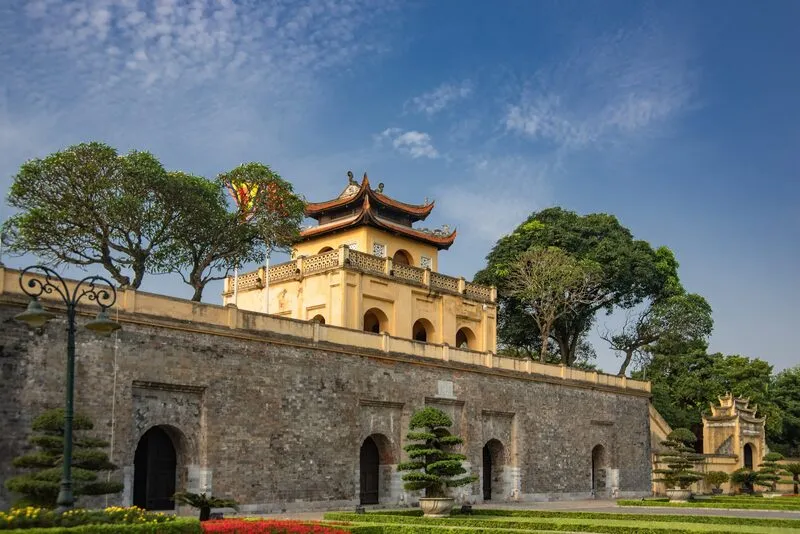
A key highlight of this citadel is the rich cultural fusion evident in its architecture and archeological artifacts. It manifests the influence of Confucianism, Buddhism, and traditional Vietnamese elements. Exploring the Imperial Citadel of Thang Long allows visitors to travel back in time and delve into Vietnam’s history and culture through various periods.
Ho Dynasty Citadel – A Unique Stone-Architecture Marvel
The Ho Dynasty Citadel, situated in Thanh Hoa province, stands as a testament to the glorious historical era under the reign of Ho Quy Ly. What makes this structure exceptional is its entirely stone-built design, including robust and colossal fortified walls. More than a military installation, the citadel showcases remarkable artistry reflective of advanced engineering and aesthetics from ancient Vietnam.

In 2011, UNESCO designated the Ho Dynasty Citadel as a World Heritage Site, further emphasizing its historical and architectural significance. Visitors to this site can admire this stone architecture gem and uncover the history and culture of Vietnam during the Ho Dynasty era.
Complex of Hue Monuments – Timeless Beauty by the Perfume River
The Complex of Hue Monuments, located along the serene Perfume River in Hue, stands as one of Vietnam’s most prominent historical sites. This area served as the capital of the Nguyen Dynasty, the last feudal dynasty of Vietnam. The complex encompasses various structures, including the Imperial City, the Forbidden Purple City, and royal mausoleums, creating a grand and ancient architectural masterpiece.
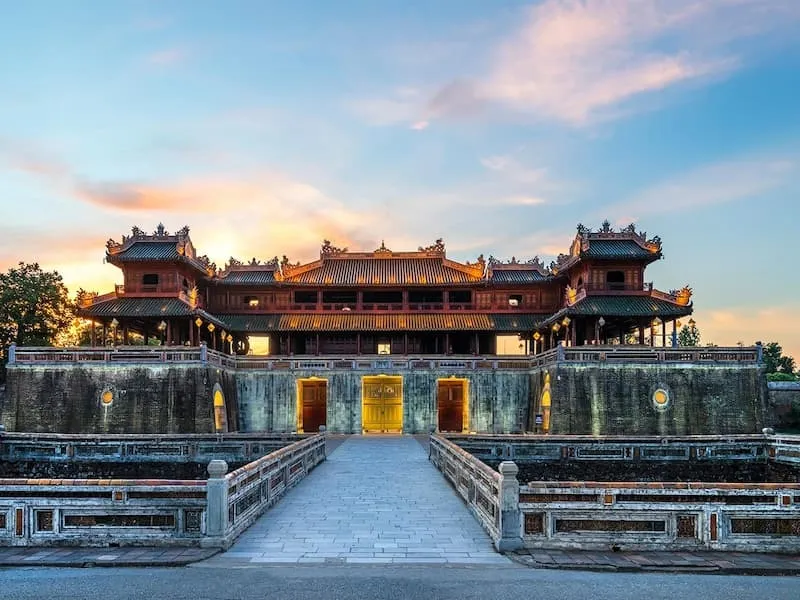
Recognized by UNESCO in 1993 as a World Heritage Site, the Complex of Hue Monuments showcases significant cultural and historical value. Visitors to Hue can explore the regal beauty of the imperial architecture and learn about Vietnamese history and culture during the Nguyen Dynasty.
My Son Sanctuary – Vietnam’s “Angkor Wat”
My Son Sanctuary, located in Quang Nam province, is an ancient Champa temple complex built between the 4th and 13th centuries. This site served as a vital religious and cultural center for the Champa Kingdom, a vibrant civilization in Southeast Asian history. Often referred to as Vietnam’s “Angkor Wat,” My Son Sanctuary features ancient temples displaying distinctive Champa architectural and artistic styles.
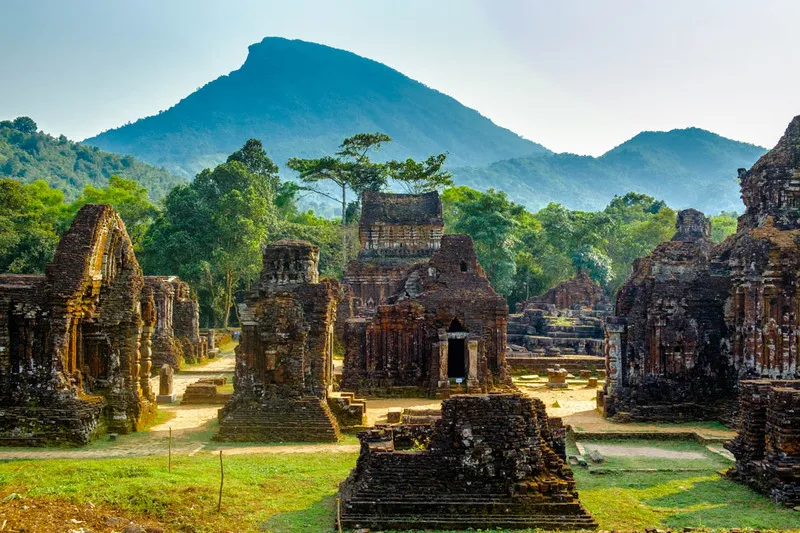
In 1999, My Son Sanctuary was listed as a UNESCO World Heritage Site, acknowledging its immense historical and cultural importance. Visitors can marvel at the ancient Champa temples and dive into the history and culture of the Champa Kingdom.
Hoi An Ancient Town – A Bustling Trading Port of the Past
Hoi An Ancient Town in Quang Nam province was a flourishing trading port from the 17th to 18th century. It was a significant hub for merchants from Japan, China, and Western countries, contributing to its diverse and unique cultural heritage. Preserved almost intact, Hoi An Ancient Town boasts old houses, communal halls, and temples with architectural influences from Vietnam, China, and Japan.

Designated as a UNESCO World Heritage Site in 1999, Hoi An Ancient Town signifies Vietnam’s rich cultural and historical values. Strolling through its charming streets, visitors can explore the vintage structures and learn about the past of this vibrant trading port.
Famous Historical Landmarks Across Vietnam
Beyond the UNESCO World Heritage Sites, Vietnam is dotted with numerous iconic historical landmarks, each with its own distinct meaning and story, stretching from north to south.
Tan Trao Revolutionary Base – A Symbol of Resistance
Tan Trao Revolutionary Base in Tuyen Quang province was a critical stronghold during Vietnam’s struggle against French colonial rule. This site witnessed significant events, including the National Congress proclaiming the provisional government and the formation of the People’s Army. Tan Trao symbolizes Vietnam’s patriotism and unwavering resolve to fight for independence.
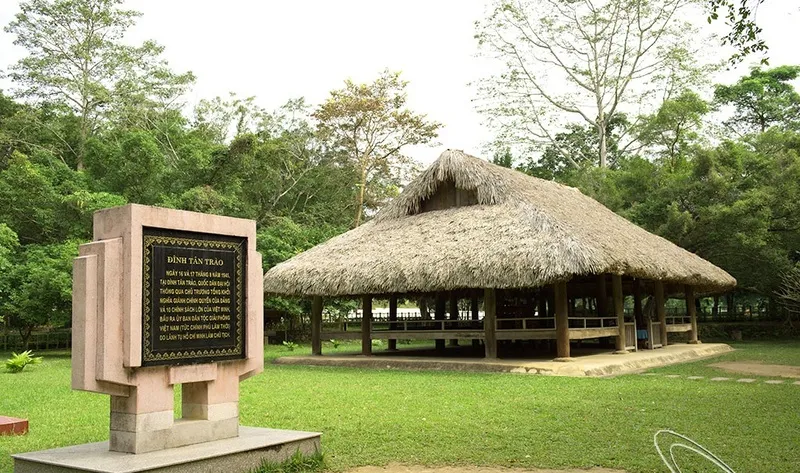
Hung Kings’ Temple – Roots of the Vietnamese Nation
Hung Kings’ Temple in Phu Tho province is dedicated to the Hung Kings, the founding leaders of Vietnam. Representing the nation’s roots and the spirit of unity, the temple holds the annual Hung Kings’ Festival on the 10th day of the third lunar month, attracting millions of visitors to honor their legacy.
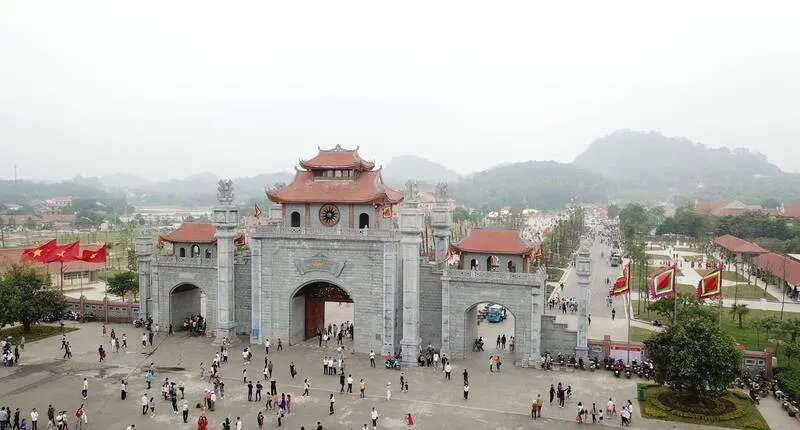
Conclusion
Vietnam is a land rich in historical and cultural traditions, where countless significant landmarks reflect the identity and pride of its people. Exploring these historical sites is more than a travel experience—it’s a journey into the soul of Vietnam’s history, culture, and spirit. Come and embrace the timeless values, heroic stories, and cultural legacy that make Vietnam an exceptional destination for discovery.